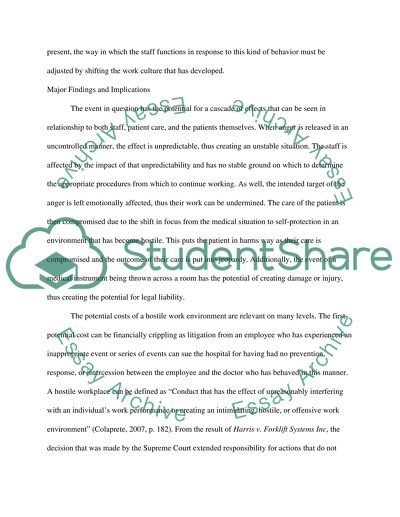Cite this document
(“Workplace Violence. Demonstrations of temper that impact work Research Paper”, n.d.)
Retrieved from https://studentshare.org/tourism/1390209-workplace-violence
Retrieved from https://studentshare.org/tourism/1390209-workplace-violence
(Workplace Violence. Demonstrations of Temper That Impact Work Research Paper)
https://studentshare.org/tourism/1390209-workplace-violence.
https://studentshare.org/tourism/1390209-workplace-violence.
“Workplace Violence. Demonstrations of Temper That Impact Work Research Paper”, n.d. https://studentshare.org/tourism/1390209-workplace-violence.


